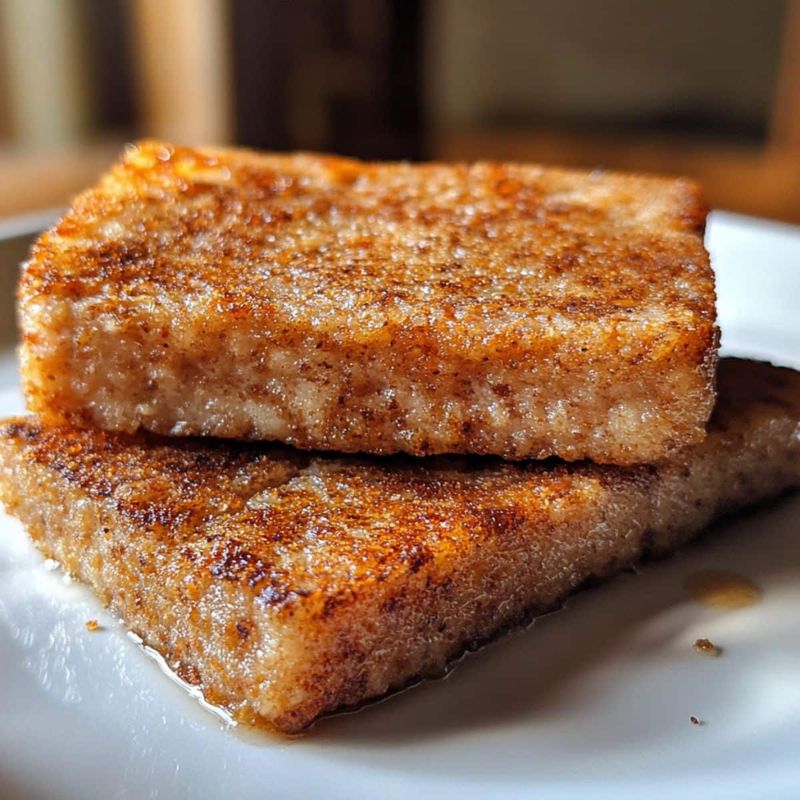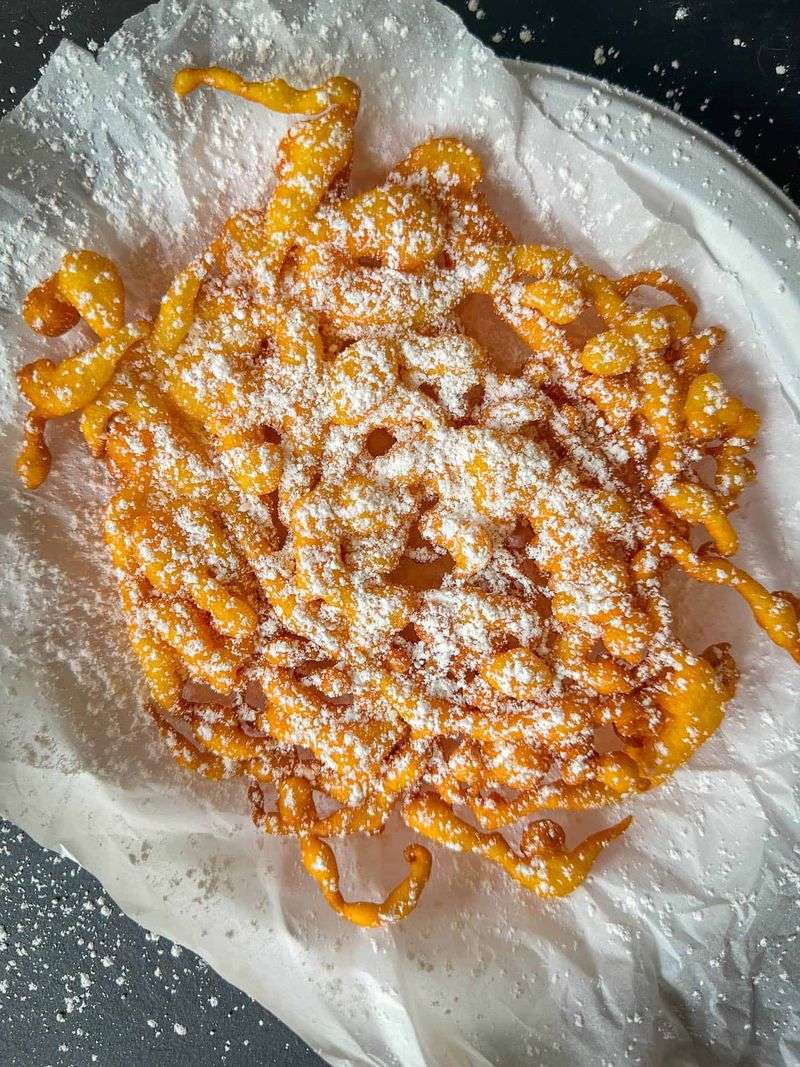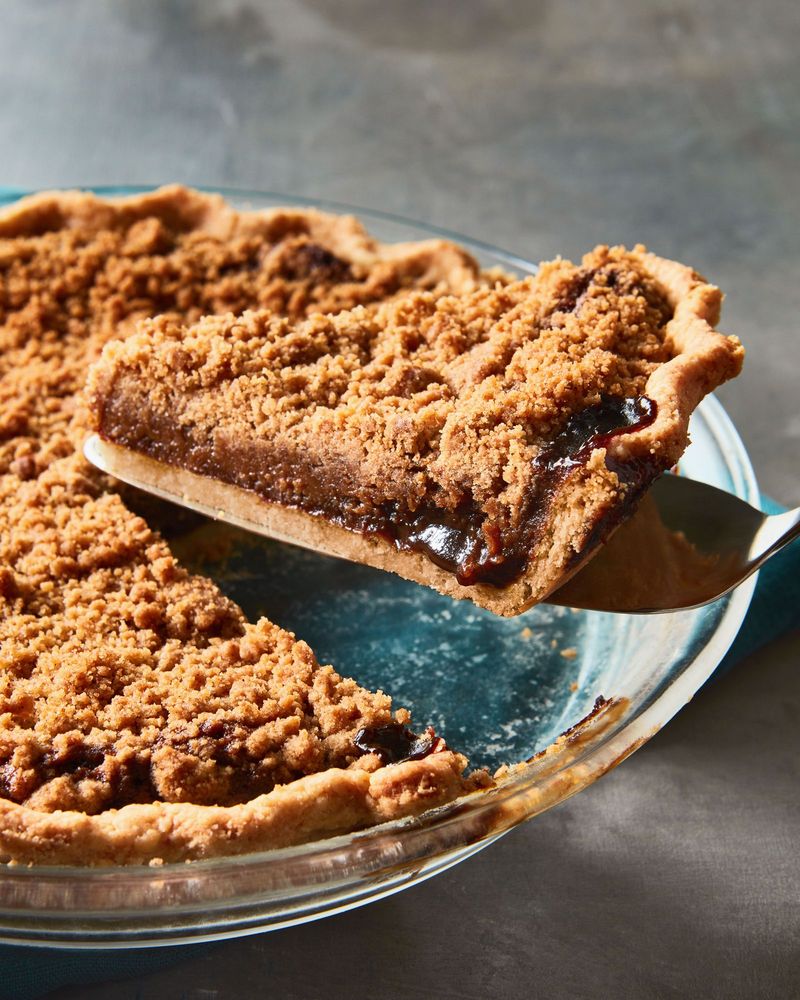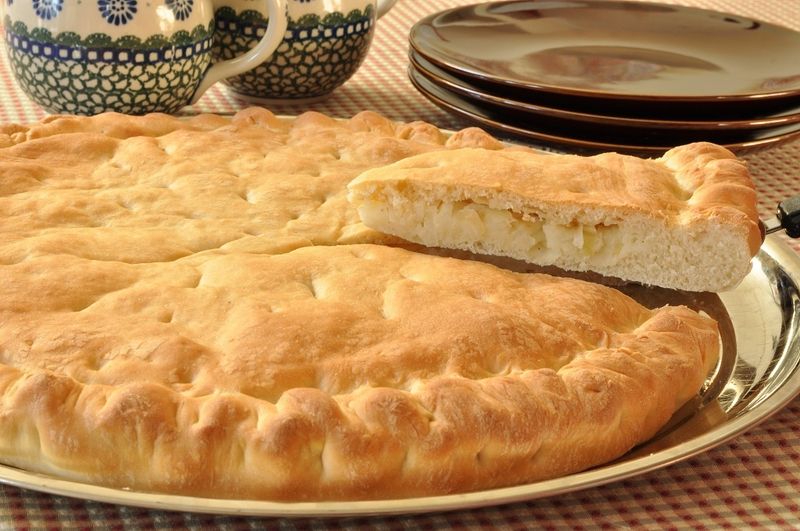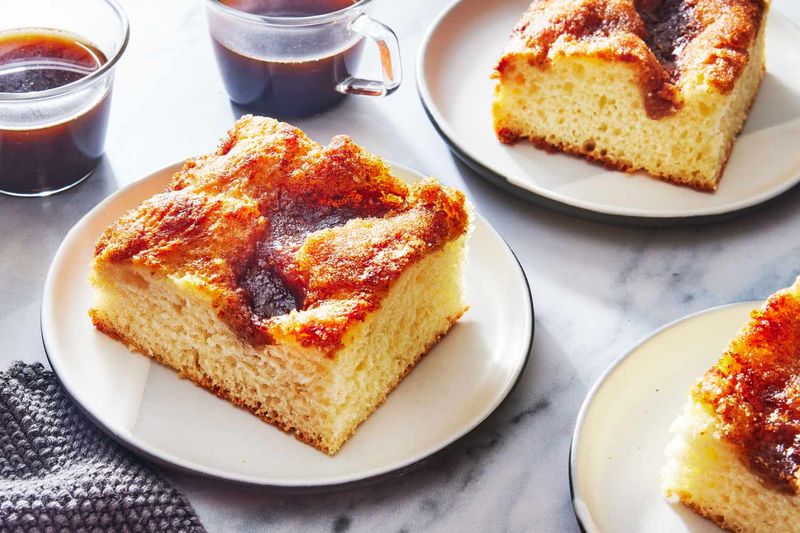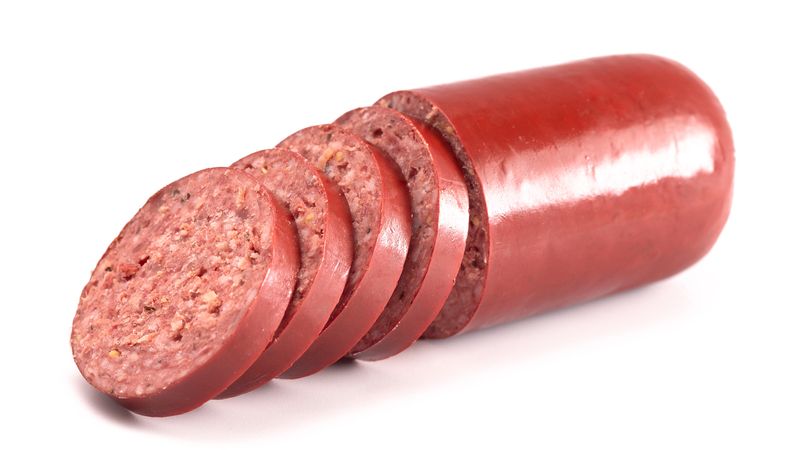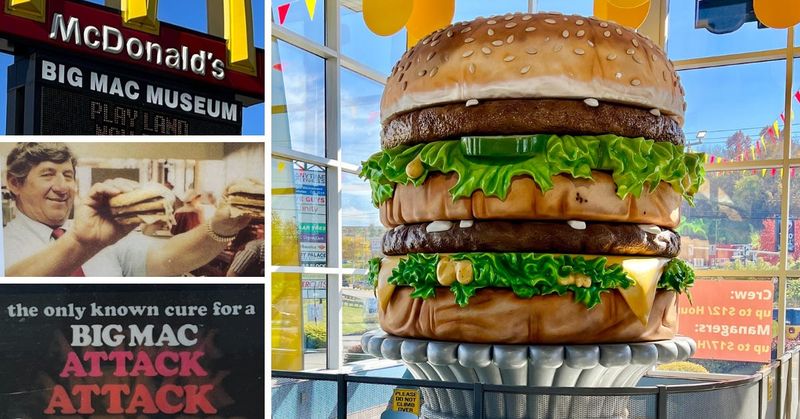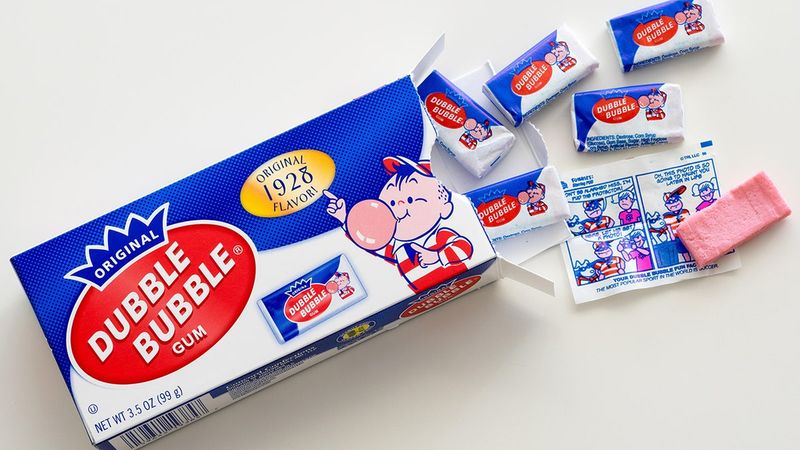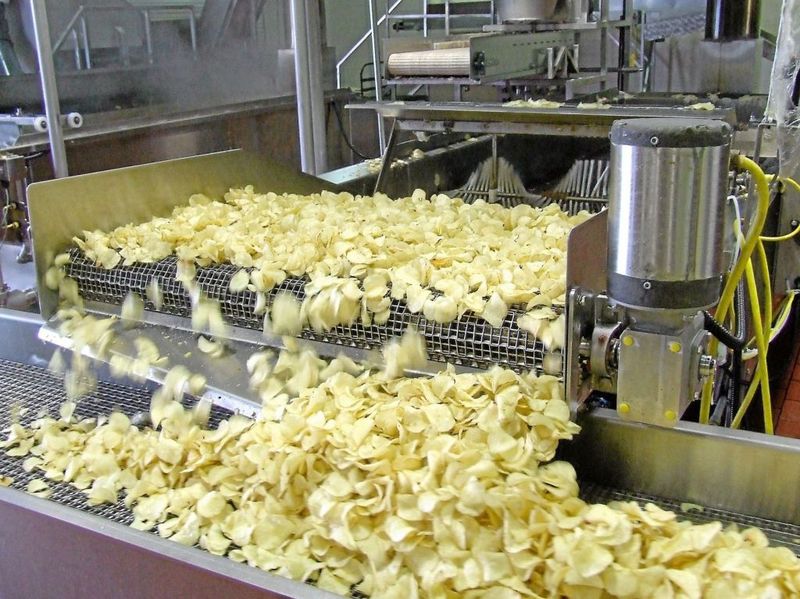Pennsylvania’s culinary heritage is as rich and diverse as its history. From the hearty dishes of the Pennsylvania Dutch to innovative snacks that spread nationwide, the Keystone State has given birth to some truly unique foods. Many folks pass through this state without realizing they’re in the birthplace of treats they’ve enjoyed their whole lives. Let’s explore ten surprising foods with Pennsylvania roots that might just change how you think about this state’s contribution to American cuisine.
Scrapple: Breakfast’s Resourceful Hero
Nothing says Pennsylvania Dutch ingenuity quite like scrapple. This thrifty creation transforms pork scraps that might otherwise be wasted into a savory morning staple. Mixed with cornmeal, herbs, and spices, the mixture is formed into loaves, sliced, and fried until golden and crispy.
Most outsiders raise an eyebrow at scrapple’s ingredients, but Pennsylvanians know the magic that happens when that first crispy bite gives way to a soft, flavorful center. Originally born from German settlers’ waste-not philosophy, this breakfast meat now appears on diner menus throughout the state.
The perfect slice has a crunchy exterior that protects the creamy interior – a textural masterpiece that pairs beautifully with maple syrup or ketchup, depending on which side of the sweet-savory debate you fall.
Funnel Cake: Carnival Treat With Humble Roots
The sweet, crispy web of fried dough that delights fairgoers nationwide actually traces its American origins to Pennsylvania’s Amish and German communities. Created by pouring batter through a funnel into hot oil, this dessert creates a tangled, crispy delight that’s impossible to eat without wearing at least a little powdered sugar.
While similar treats exist in European traditions, the funnel cake as we know it today—complete with its signature spiral pattern and mountain of powdered sugar—was popularized at Pennsylvania Dutch festivals before becoming a carnival staple across America.
Early versions were made with leftover bread dough, showing once again how Pennsylvania’s culinary history is marked by practical creativity. Today, you’ll find endless variations with toppings from strawberries to chocolate, but purists maintain nothing beats the classic powdered sugar version.
Shoofly Pie: The Sticky-Sweet Morning Treat
A molasses lover’s dream, shoofly pie emerged from Pennsylvania Dutch kitchens as a practical morning meal rather than the dessert we think of today. The pie features a gooey bottom layer of molasses topped with crumbly streusel, baked until the molasses bubbles up through the crumbs creating a unique swirl pattern.
Legend claims the name comes from bakers having to “shoo” flies away from the sweet-smelling pies cooling on windowsills. Before refined sugar was widely available, molasses provided an affordable sweetener that doubled as an iron-rich nutritional boost.
Two varieties exist: “wet bottom” with a gooey molasses layer beneath the crumb topping, and “dry bottom” where the filling is more cake-like. True Pennsylvania Dutch households serve it with strong black coffee, creating a perfect bitter-sweet combination that’s sustained farmers for generations.
Pagash: The Slavic Soul Food Pizza
Forgotten by food historians but treasured in coal country kitchens, pagash represents the culinary ingenuity of Pennsylvania’s Eastern European immigrants. Sometimes called “Slavic pizza,” this hearty dish features two layers of potato dough filled with cheese or sauerkraut-cabbage mixture, creating a comfort food that sustained hardworking coal miners.
Found primarily in northeastern Pennsylvania towns with Slovak and Polish heritage, pagash varies from family to family. Some versions feature a mashed potato and cheese filling sandwiched between bread dough layers, while others incorporate the potatoes directly into the dough.
Church fundraisers in Schuylkill and Luzerne counties still sell pagash by the tray, keeping this regional specialty alive. The dish perfectly demonstrates how immigrant communities adapted Old World recipes to New World ingredients, creating something uniquely Pennsylvanian that continues to connect generations through food memory.
Moravian Sugar Cake: The Potato-Powered Sweet Treat
At first glance, Moravian sugar cake looks like any other coffee cake, but its secret ingredient—mashed potatoes in the dough—reveals its Pennsylvania heritage. This sweet, yeasted breakfast treat features deep dimples filled with melted butter, brown sugar, and cinnamon, creating pockets of caramelized goodness throughout the soft, pillowy cake.
Moravian settlers brought this recipe when they established communities in Bethlehem and Nazareth in the 1700s. The addition of potatoes wasn’t just a quirky choice—it creates an exceptionally moist texture that keeps the cake fresh longer, important in pre-refrigeration days.
Traditionally served at Easter and Christmas, this cake has expanded beyond its religious roots to become a year-round specialty in bakeries throughout eastern Pennsylvania. Modern variations might include nuts or fruit, but traditionalists insist the simple trinity of butter, sugar, and cinnamon creates perfection that needs no embellishment.
Lebanon Bologna: The Tangy Sandwich Game-Changer
Far removed from its bland namesake, Lebanon Bologna packs a fermented, smoky punch that has made this Pennsylvania specialty a delicatessen standout. Developed by German butchers in Lebanon County during the 1800s, this all-beef sausage undergoes a slow smoking process over hardwoods and a distinctive fermentation that creates its characteristic tangy flavor.
The bologna’s creation story highlights Pennsylvania’s meat-preservation ingenuity before refrigeration. Cured with a precise blend of spices and hung in smokehouses for days, the dark, almost burgundy-colored meat develops complex flavors that have earned devoted followers nationwide.
Sweet and regular varieties exist, but both feature that signature tanginess. Locals know the best way to enjoy it is simple—thick-cut on white bread with a smear of yellow mustard. The distinctive smell of Lebanon Bologna being sliced at deli counters remains an instant nostalgia trigger for generations of Pennsylvanians.
The Big Mac: Fast Food Icon Born in Uniontown
Before becoming a global fast-food symbol, the Big Mac was simply the creative solution of a hungry Pennsylvania McDonald’s franchisee. In 1967, Jim Delligatti of Uniontown felt the standard hamburger wasn’t substantial enough for steel workers and coal miners in his area, so he created a double-decker sandwich with that now-famous special sauce.
McDonald’s headquarters initially resisted the idea, concerned about complicating their streamlined menu. However, after Delligatti’s creation boosted his local sales by 12%, the company tested it in other Pennsylvania locations before launching nationally in 1968.
The original price? Just 45 cents. While the Big Mac eventually became McDonald’s global ambassador, Pennsylvania proudly claims this culinary invention. Delligatti opened the Big Mac Museum in North Huntingdon, PA, featuring the world’s largest Big Mac statue—a fitting tribute to the sandwich that forever changed fast food history.
Bubble Gum: Philadelphia’s Stretchy Innovation
The satisfying stretch and pop of bubble gum wouldn’t exist without the experimental spirit of a Philadelphia accountant-turned-inventor. In 1928, Walter Diemer, working for Fleer Chewing Gum Company, accidentally created a less sticky, more stretchy gum formula while tinkering with recipes after hours.
The only food coloring available that day was pink, establishing the iconic color we still associate with bubble gum today. Diemer’s creation differed from traditional chewing gum by incorporating a natural latex that allowed the gum to stretch without breaking, making bubble-blowing possible for the average person.
First sold as “Dubble Bubble,” the product was an immediate hit during the Great Depression, offering affordable fun at just a penny a piece. Though Diemer could have patented his formula for personal profit, he never did, considering the joy it brought children payment enough—a quintessentially Pennsylvanian mix of innovation and humility.
Herr’s Potato Chips: Snack Innovators of Nottingham
From humble beginnings selling potato chips door-to-door in Lancaster County, Herr’s has grown into a snack empire known for flavors that capture Pennsylvania’s unique food culture. Founded by Jim Herr in 1946, the company pioneered regional flavors long before “artisanal chips” became trendy.
What sets Herr’s apart is their willingness to experiment with distinctly Pennsylvanian flavors. Their lineup has included Philadelphia Steak Sandwich, Philly Special, Lancaster County Sour Cream & Onion, and even limited editions like Roast Pork & Provolone. The Nottingham factory, which produces over 14 million pounds of chips annually, has become a tourist destination.
Perhaps most remarkably, Herr’s remains family-owned despite industry consolidation. Their commitment to local sourcing—using potatoes grown within 100 miles when possible—reflects Pennsylvania’s agricultural pride. The distinctive red, white, and blue bags have become symbols of regional identity that expatriate Pennsylvanians often have shipped across country.
Pepperoni Roll: Coal Miner’s Portable Feast
Though West Virginia claims the pepperoni roll’s official birthplace, Pennsylvania’s coal country developed its own distinctive version that became inseparable from the region’s identity. These simple bread rolls with pepperoni baked inside were the perfect portable meal for miners—requiring no refrigeration and providing a filling, one-handed meal that could be eaten in the depths of the mines.
Pennsylvania’s Italian immigrant communities in western counties adapted their traditional bread-making skills to create this practical food. As pepperoni cooks inside the dough, its spicy oils infuse the bread, creating a self-moistening sandwich that improves with time.
Local bakeries still make them daily, with regional variations including cheese, peppers, or tomato sauce. School fundraisers and fire hall dinners throughout Western Pennsylvania often feature homemade pepperoni rolls, preserving this humble food’s connection to the state’s industrial heritage while newer generations discover its simple perfection.

